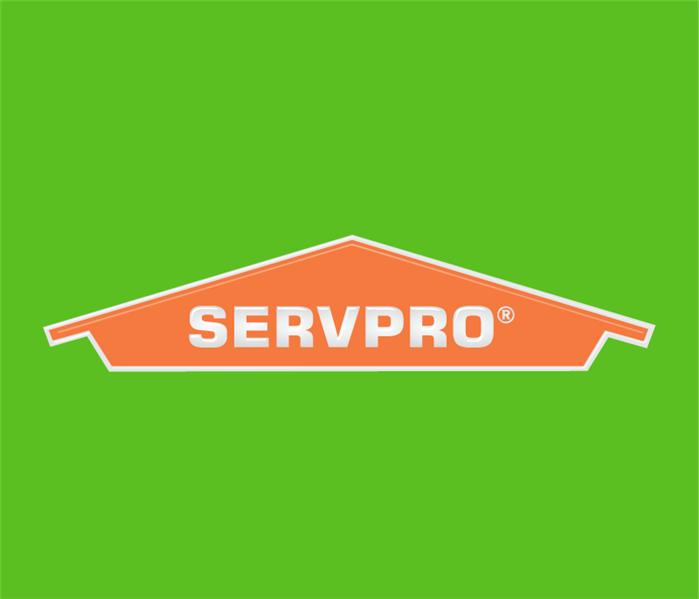How Do I Restore My House After Fire Damage?
11/12/2021 (Permalink)
 SERVPRO techs use the latest technology and equipment for every fire damage restoration job. Our goal is to have your home back to preloss conidition
SERVPRO techs use the latest technology and equipment for every fire damage restoration job. Our goal is to have your home back to preloss conidition
Let SERVPRO Restore Your Littleton Home
Restoring your Littleton property is a multi-tiered process. Our technicians scope the damage to determine your needs and for insurance purposes. You might face water damage if there were firefighting efforts along with deodorization and extensive cleaning. It is an arduous process. However, our technicians are well trained in restoration based on individual needs.
What is the Difference Between Structure and Contents?
To best understand the fire damage restoration process in Littleton, it is vital to know some of the terminologies. The structure of your home is the permanent parts of your house, such as the walls, flooring, and ceiling. The structure includes building materials such as drywall, lumber-like studs and sheathing, exterior coverings, system components like electric and water, tiles, and more. On the other hand, contents consist of everything else within your home, including appliances, furniture, and other personal belongings.
What are the Methods of Structural Cleaning?
- Washable: These materials can sustain wet cleaning with both water and cleaning agents such as Wall Rinse and Industrial Cleaner.
- Non-Washable: These materials cannot sustain wet cleaning. Water and cleaning agents would create smearing and push the residue deeper into porous surfaces. For non-washable materials, technicians use dry brushes or vacuums to remove residue.
Different fires produce different types of residues. For instance, protein fires, usually in the kitchen, create a sticky residue that requires special attention, such as a dry solvent cleaning agent to remove the residue. The type of surface also determines whether or not the material is washable or non-washable; more porous surfaces tend to absorb a more considerable amount of residue, making it more difficult to remove using dry methods.
For assistance after a fire, contact SERVPRO of Marlboro / Concord at (978) 486-9868. We make it, "Like it never even happened."






 24/7 Emergency Service
24/7 Emergency Service